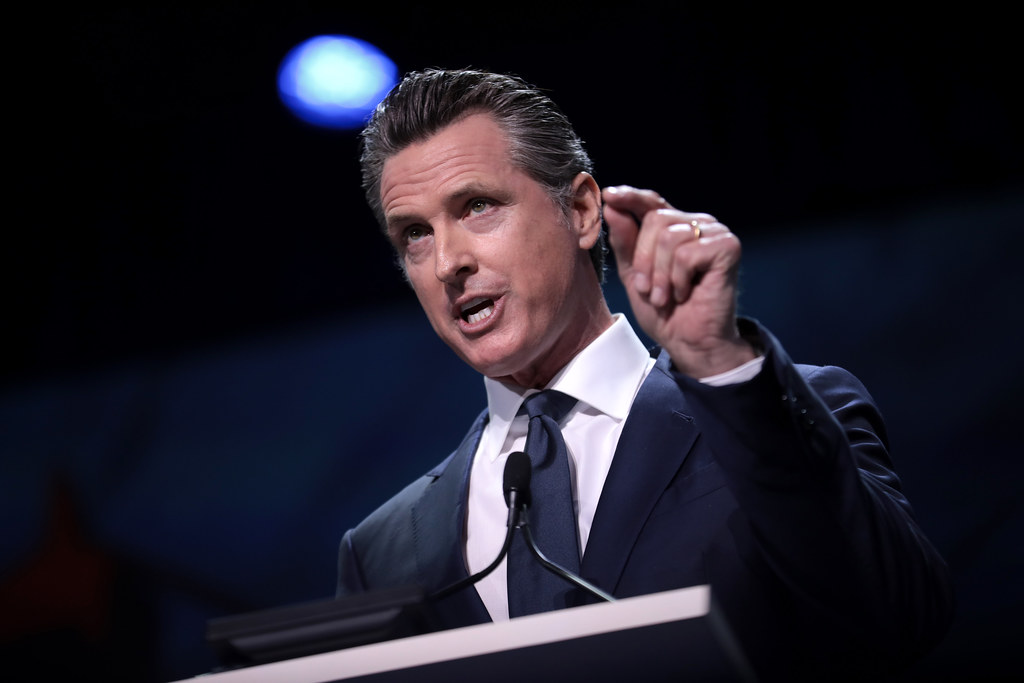California and US car makers are defying the Trump administration while China and India emissions legislation is set to increase the pressure on lubes producers and auto manufacturers alike.
Heralded as a "groundbreaking framework agreement" by Californian Governor, Gavin Newsom, the US state has joined forces with four major automakers in the US to voluntarily increase emissions targets. The announcement comes as President Trump's administration prepares to reduce the previously set federal emissions standards for cars and trucks which would effectively freeze them at 2020 levels through to 2026 in a move that has been heavily criticised by activists, scientists, state legislators and, in particular, automakers themselves.

licensed under CC BY-SA 2.0
The voluntary framework currently includes Ford, Honda, BMW of North America and VW Group of America and the Governor's statement urges other automakers to join the agreement.
The framework sets out clear objectives: "The terms of the framework will deliver the same greenhouse gas reductions in five years as the original Obama standards would have achieved in four. This provides a path forward that allows California and other states to meet their climate and clean air goals, and maintains a national approach for participating automakers who will sell these cleaner cars nationwide. The framework also supports the long-term electrification goals of California and the carmakers."
In particular, the agreement is set to: "Extend the current 2025 model year standard until 2026 and smooth out the interim years from 2022 through 2025 to provide additional lead time and slightly less aggressive year-over-year reductions. (That is, changing the original year-over-year 4.7 percent GHG reduction over four years to 3.7 percent over five years.)"
Meanwhile, with China and India ramping up emissions legislation, fuel and lubes producers are coming under pressure to meet the new standards whilst also meeting demand for compliant products. China is set to roll-out its China 6a and b legislation in phases starting this year 2019 until 2023, applying to both diesel and petrol vehicles. Meanwhile India's Bharat Stage VI standards will apply to all vehicles from April 2020. In terms of compliance, the debate focuses around ash levels, according to a Lubes'n'Greases report. ILSAC's new GF-6 specifications meet all the relevant performance standards, but with no ash limit; the same applies to Japan's new GLV-1 spec, whilst ACEA's C category has an ash cap but may not go far enough to meet China's tough thresholds. There is also concern that the existing vehicle parc in both nations may not be able to cope with the new, ultra-low sulphur fuels.
The other challenge facing producers is the sheer scale of production required to meet demand for compliant products in a relatively short timescale. Speaking to Lubes'n'Greases, Rashid Hasan, advisor for the Society of Indian Automobile Manufacturers stated: “The supply of BS VI-compliant fuel needs to be expanded on war footing. Oil companies that have already put in U.S. $6.5 billion to upgrade to BS IV will now invest another U.S. $5 billion to upgrade fuel quality to BS VI. The government needs to facilitate supplying the required quality BS VI fuel countrywide,”
That investment is already evident in announcements from the likes of BP-owned Castrol, whose India division stated it was ready for BS-VI and to take advantage of the shift to EVs. According to Castrol India's VP Marketing, Kedar Apte: " “We don’t look at it as a challenge, we look at it as a great opportunity. I believe that we are really very well placed." He also claimed the company has: "undertaken pricing techniques to ensure that Castrol’s BS-VI products aren’t more expensive than the BS-IV products. The company is also planning to reach about 2,50,000 mechanics in the next 12-15 months to educate them about BS-VI".